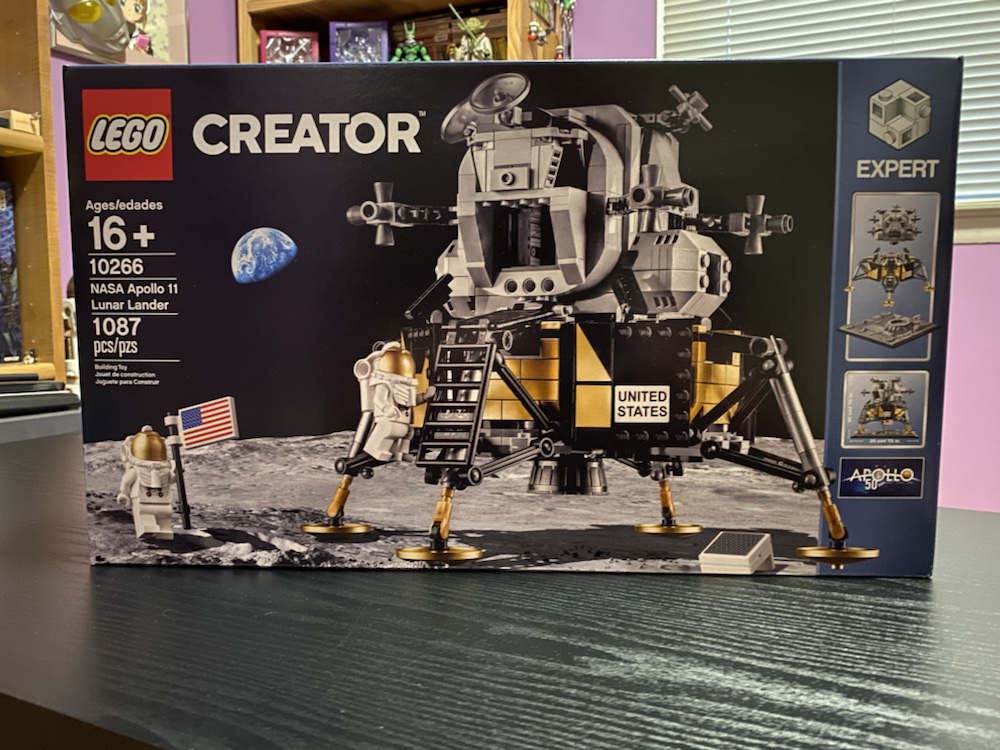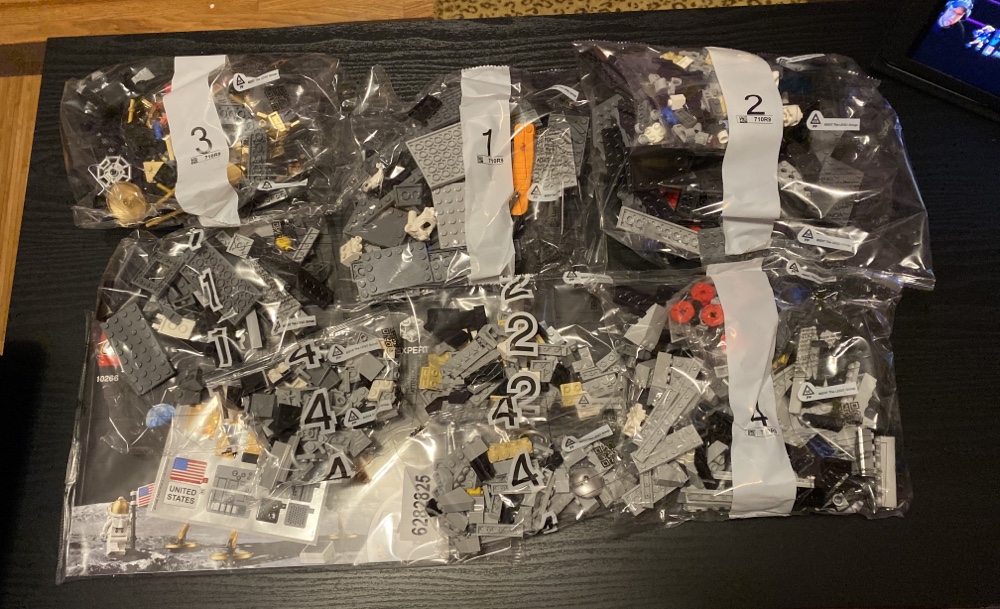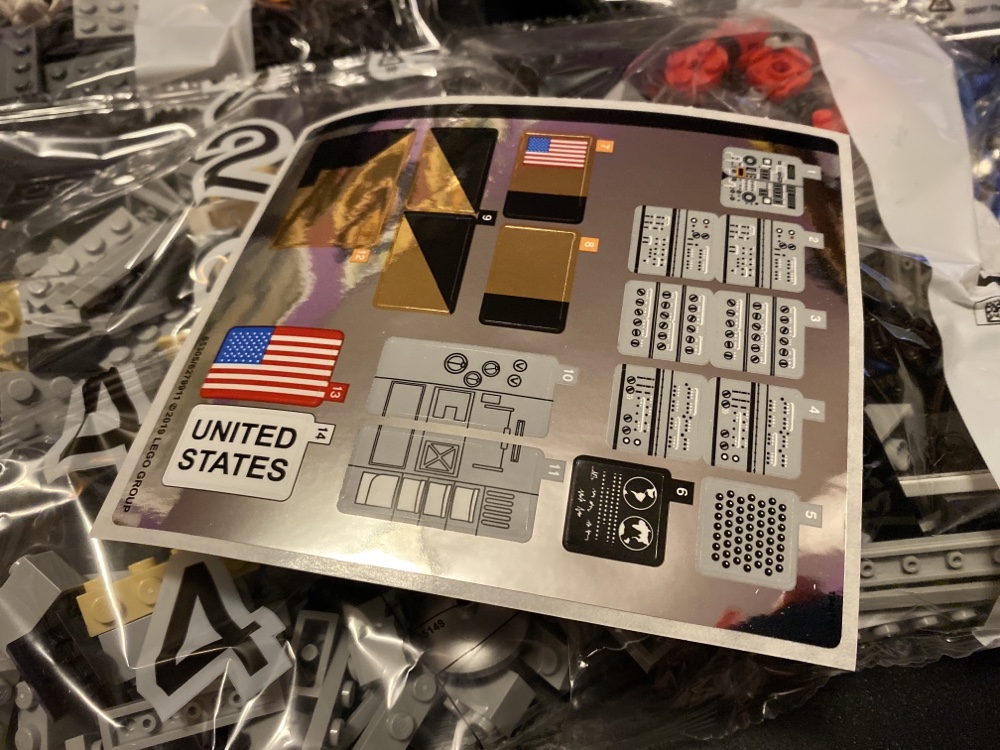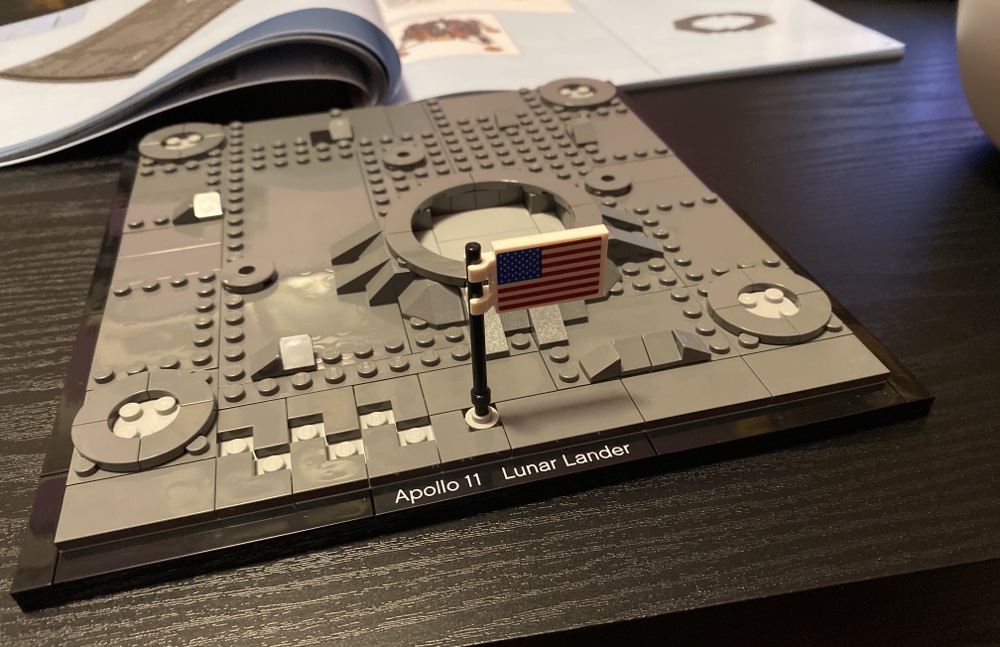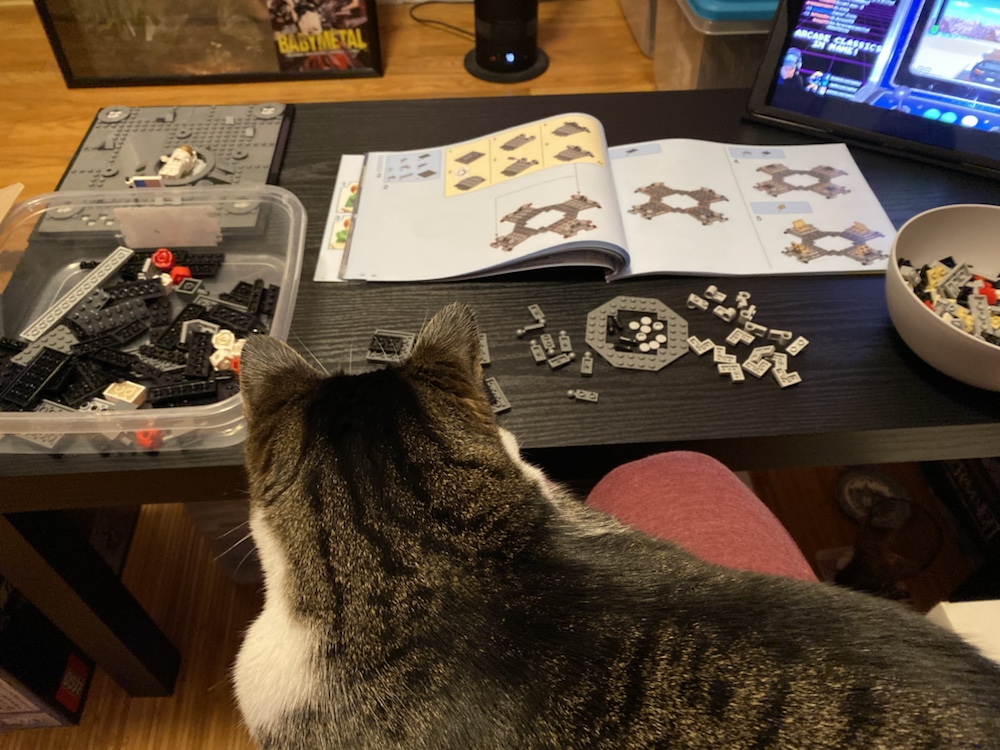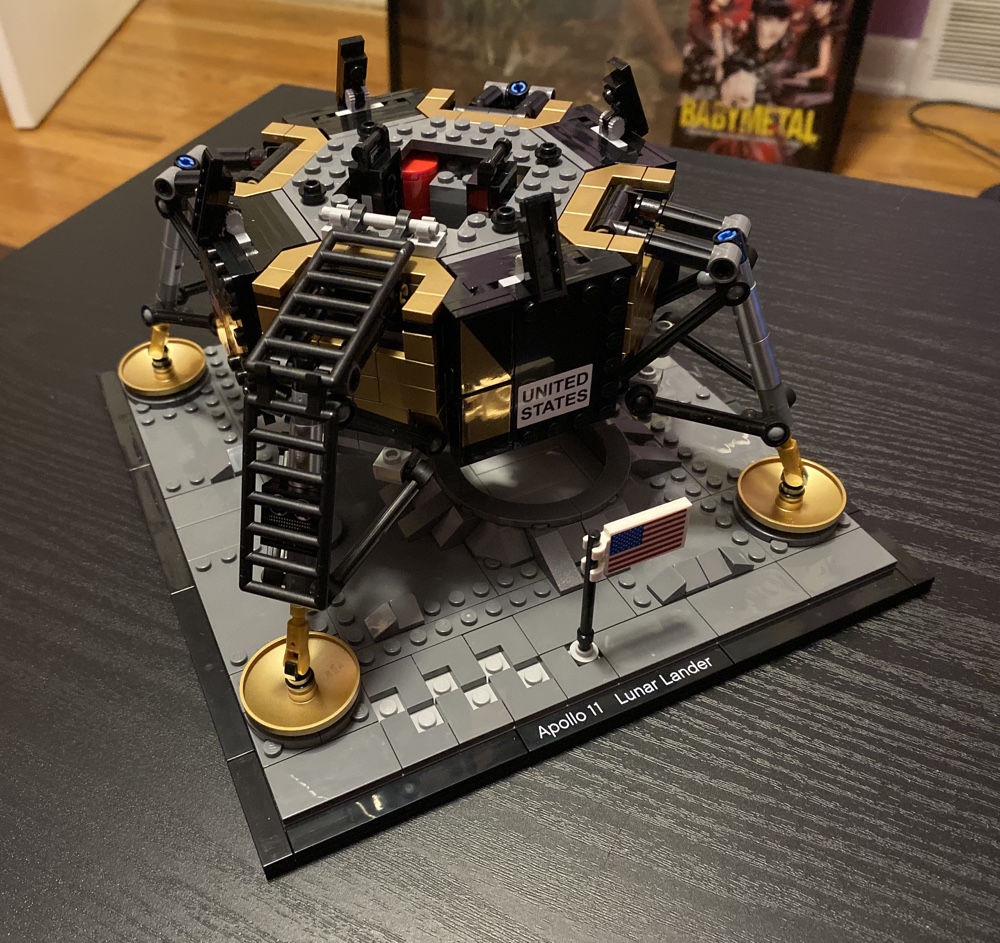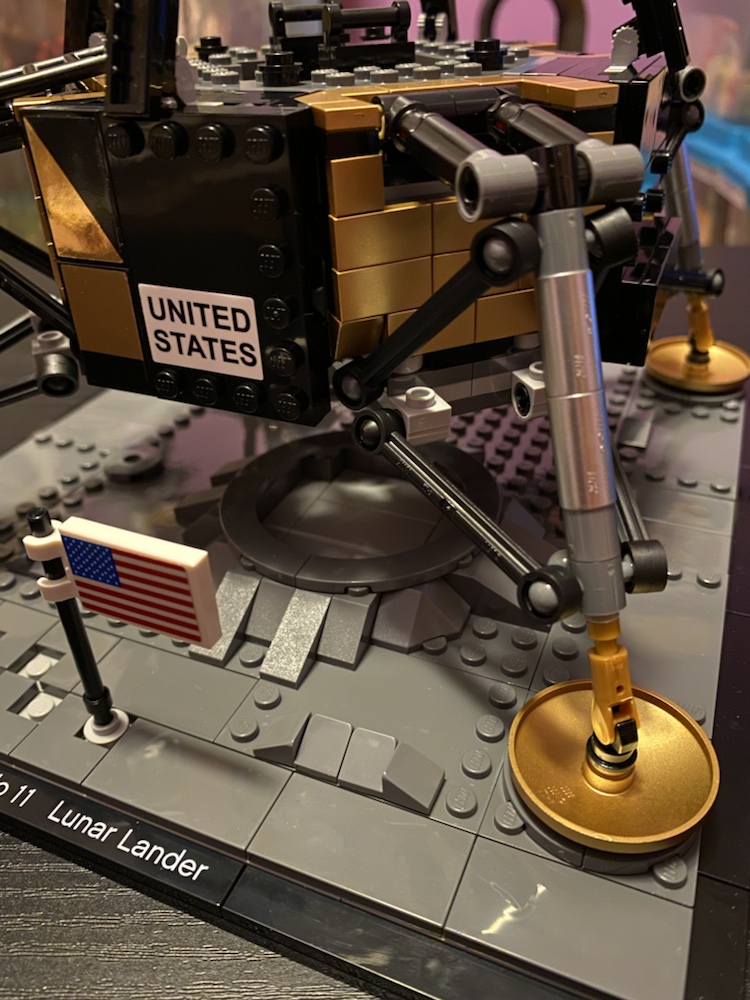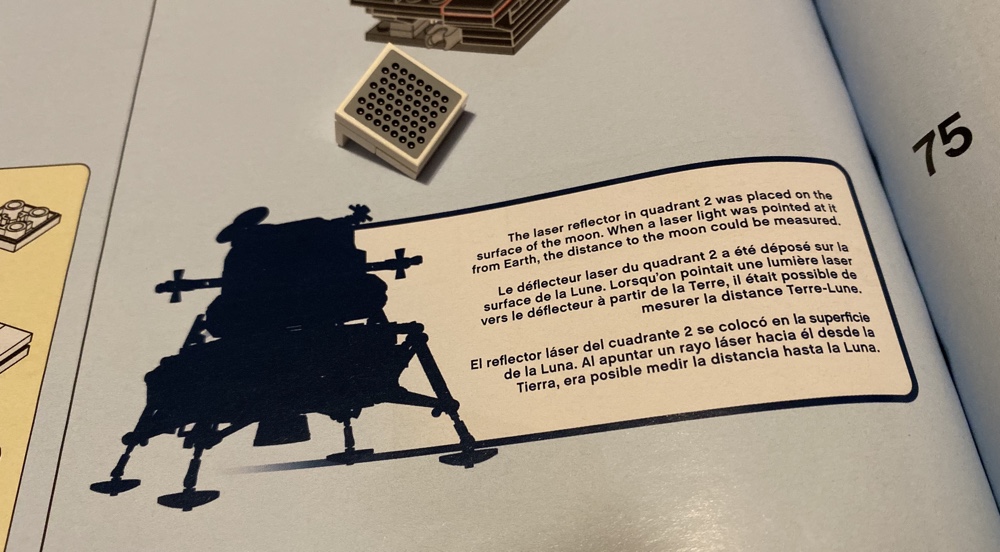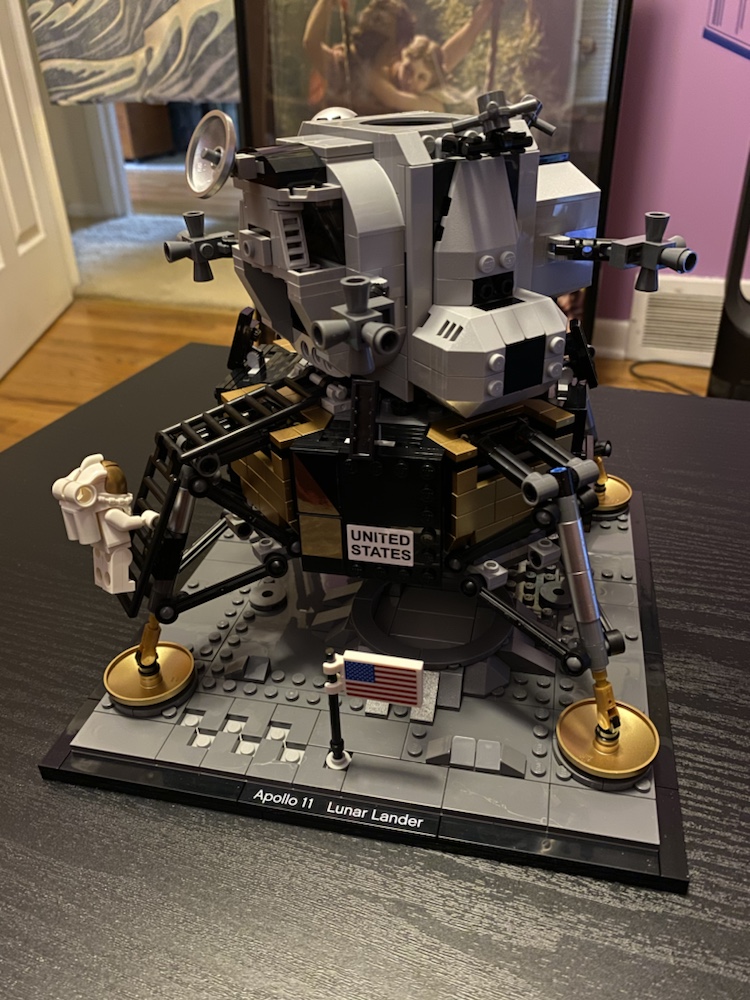Back in July 1979, I feared that I might die because of Skylab falling on me.
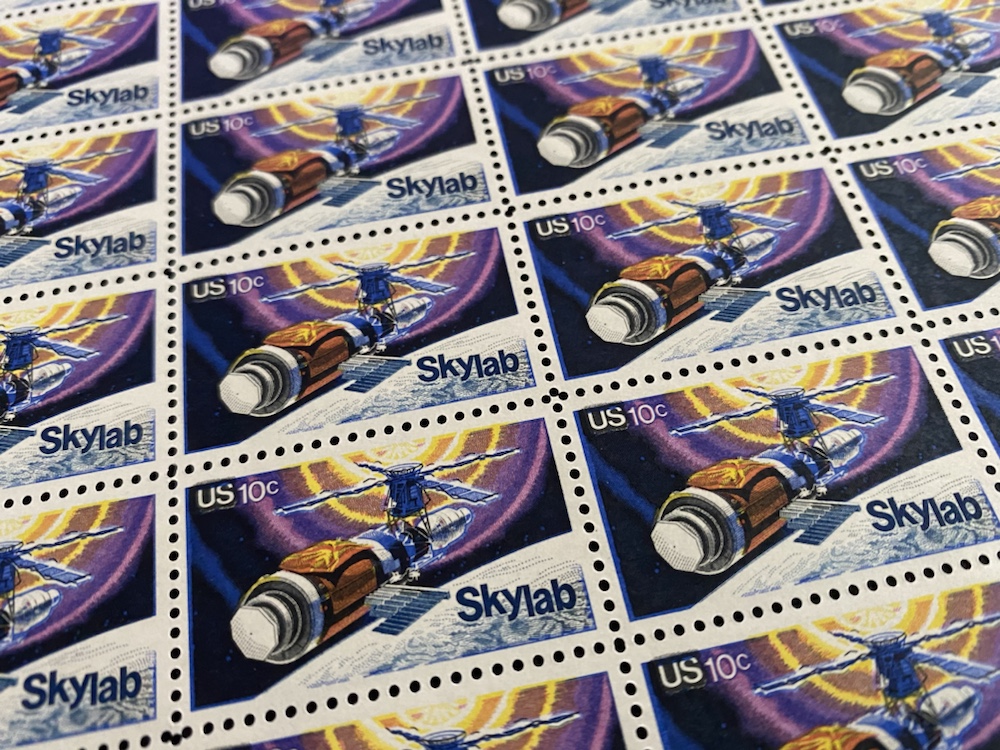
Skylab was the first ‘space station’, built and operated by the USA for 10 months from mid 1973 until early 1974. When the final crew departed they put Skylab into a higher orbit with the intention of leaving it in space until 1983 when the (in development) Space Shuttles could service it. Ultimately nature had other ideas and by 1979 it was clear Skylab would fall to Earth.
NASA’s calculations suggested it would land in the eastern Indian Ocean somewhere. But they didn’t know precisely where or when, and in Australia we were very aware there was a chance it would land smack on us! I can still recall schoolyard doomsayers predicting it could land on someone’s house, and to 7-year old me this was (very briefly) the new big scare to replace King Kong snatching me out of a window one night.
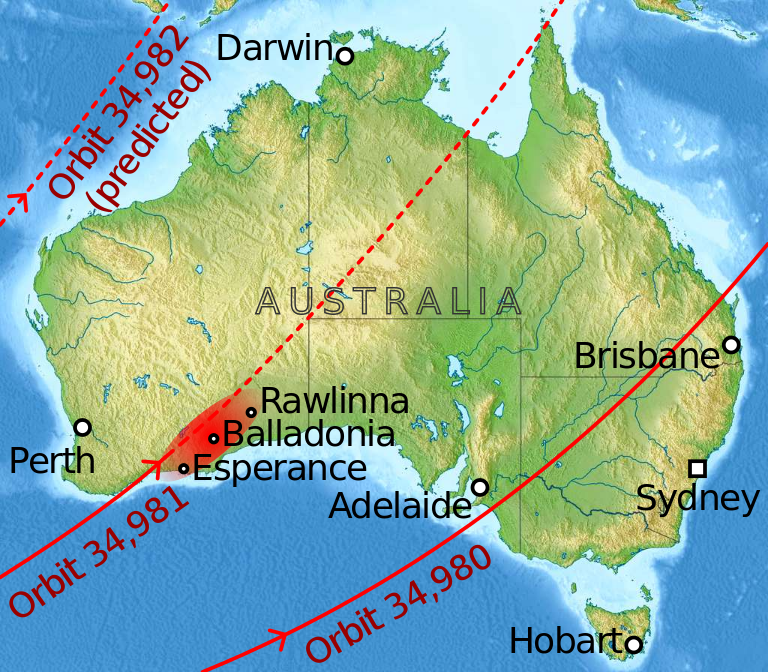
On July 11, 1979, during its 34,981st orbit, NASA made a last minute adjustment to prevent Skylab from falling on the USA. Later that night it entered the atmosphere and while most of it burned up as it fell some parts eventually rained down on remote areas of the western Australian outback.
It didn’t fall on our house, or anyone’s house for that matter. At best it may have given a kangaroo a bit of a start.
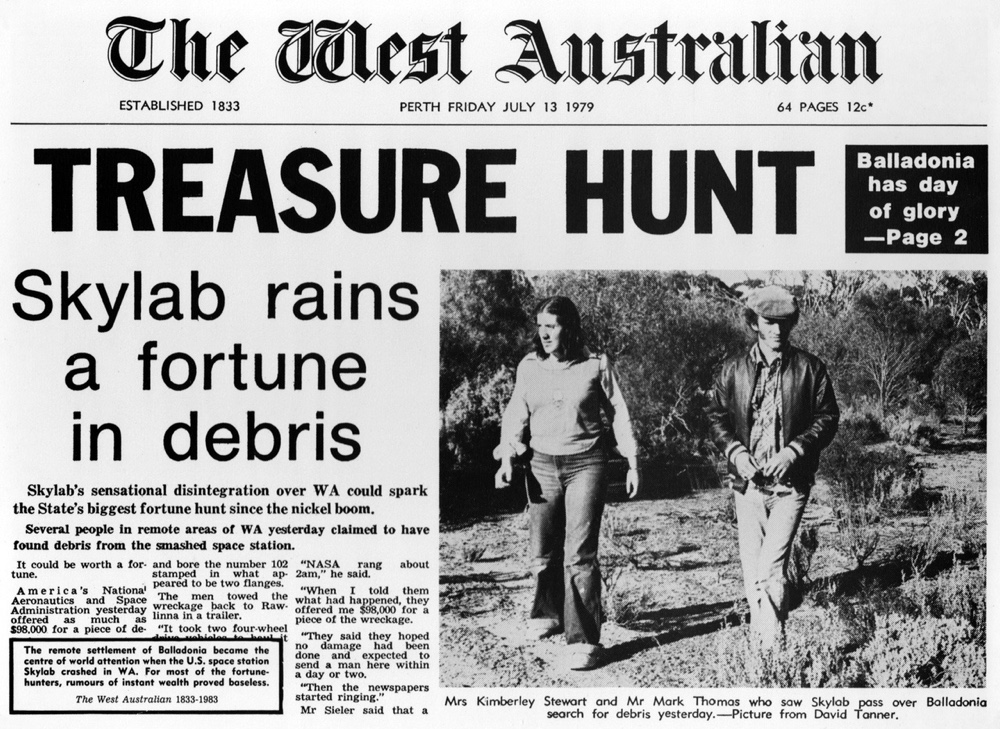
The madness quickly transitioned from ‘Skylab will fall on you!’ to ‘If you find Skylab pieces you’ll be a millionaire!’ and treasure hunters of all stripes descended on the outback to find what remained of the space station.
Some were successful, finding many pieces including some very large ones. Much of it is on display now in a museum in the town of Esperance, but some made its way into private collections. While the USA claimed that Skylab was still its property, it never made any attempt to claim debris. Quite the opposite actually: president Carter apologized to Australia and NASA gave memorial plaques to those that found the first pieces of debris!
In the end Skylab was a successful mission, the falling to earth didn’t hurt anyone, and everyone emerged smiling. The world moved on.

There have been many more cases of spacecraft raining down in the years since, and every time it happens (as recently as last week) the media reminds us once again that they might land on our houses! Let’s hope, like Skylab, that when our space trash does fall back to Earth it’s careful enough to land far away from any of us 🙂
